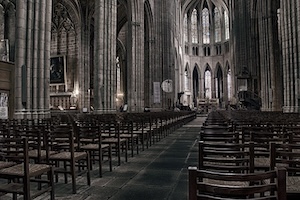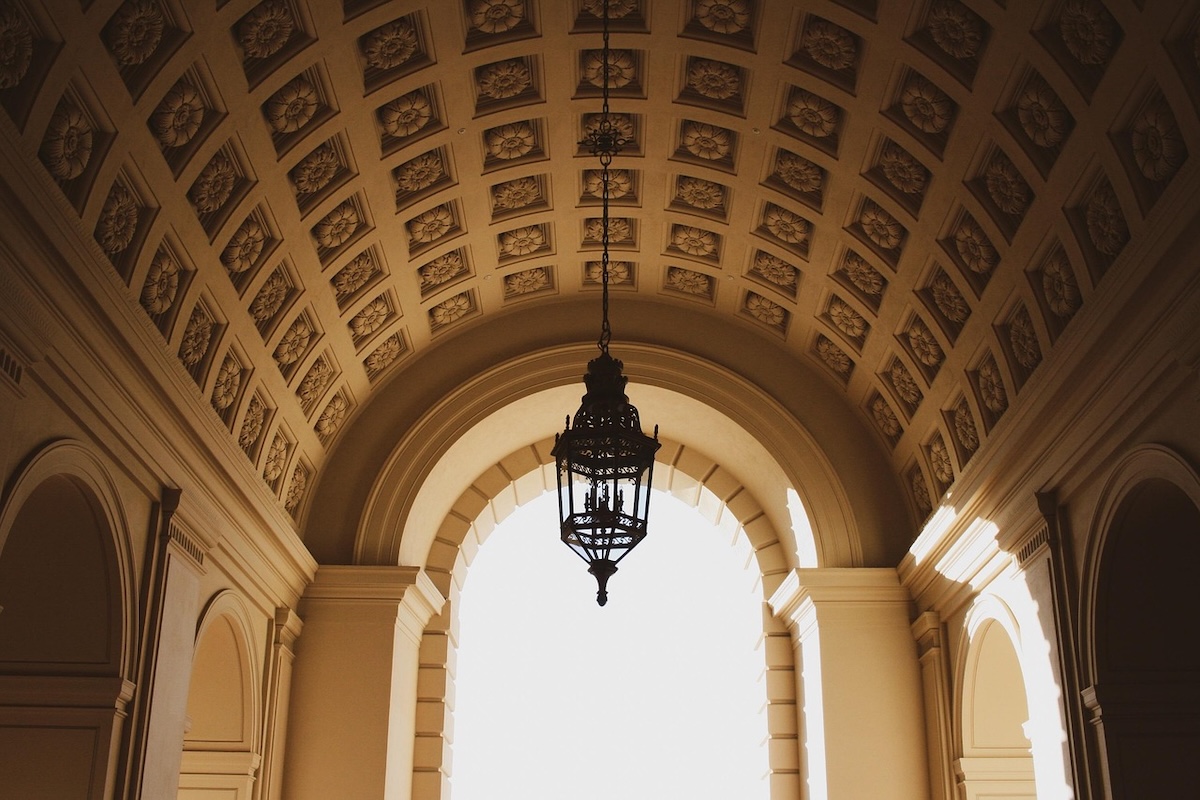Blending Aesthetics and Performance
In contemporary design, the spaces we live and work in must achieve more than visual appeal—they need to deliver practical, lasting performance. Whether it’s incorporating a suspended ceiling to manage acoustics or using aluminium battens for texture and warmth, the best modern interiors balance beauty with functionality. This balance ensures that environments not only look inviting but also serve the daily needs of their occupants with efficiency and comfort.
The concept of merging aesthetics and performance is not new, but advances in materials, construction techniques, and design thinking have elevated it to new heights. Today’s designers and architects are no longer forced to choose between form and function—they can create spaces that deliver both seamlessly. This approach acknowledges that beauty without utility can feel hollow, while function without thoughtful design risks being cold and uninviting.
A key driver behind this shift is the evolution of design priorities in homes, offices, and public spaces. People are increasingly aware of how the environment impacts productivity, wellbeing, and mood. Designers respond by creating interiors that not only please the eye but also support physical comfort, promote healthy living, and adapt to changing needs over time.
Lighting is one of the most powerful tools for achieving this blend. The right lighting can highlight architectural features, create atmosphere, and improve visibility for daily tasks. Integrating natural light with well-placed artificial sources helps reduce energy consumption while enhancing the space’s aesthetic. Technology, such as automated dimming systems and LED solutions, allows lighting to be both energy-efficient and visually dynamic.
Acoustics also play a crucial role in interior performance. In open-plan environments, unwanted noise can disrupt concentration and diminish comfort. Designers now have a range of attractive acoustic solutions that don’t compromise style—wall panels in decorative finishes, ceiling features with artistic flair, and fabrics that enhance sound absorption while contributing to the overall look. By addressing sound control creatively, spaces become both more pleasant to inhabit and more visually engaging.

Material selection is another area where aesthetics and performance meet. Surfaces need to be durable enough to withstand daily wear, yet refined enough to contribute to the desired design theme. For example, natural stone might be chosen for its elegance and resilience in high-traffic areas, while engineered materials could offer the look of wood or metal with greater moisture resistance or lower maintenance needs. Designers today have access to a broad palette of materials that meet practical demands without sacrificing style.
Flexibility in design is becoming increasingly important as spaces serve multiple functions. Homes often double as workspaces, offices incorporate social areas, and commercial venues need to adapt to different events or uses. Furniture and fixtures that can be reconfigured, partitions that move, and modular systems allow a space to transform quickly without compromising either performance or aesthetic value.
Technology integration is another essential aspect of performance in modern interiors. Smart systems for lighting, climate control, and security must be discreetly incorporated into the design. The challenge is to conceal the technology without losing accessibility or functionality. This requires careful planning so that the systems enhance rather than interrupt the visual flow of the interior.
Sustainability is now a non-negotiable element of interior design, and it directly affects both performance and aesthetics. Eco-friendly materials, energy-efficient systems, and sustainable construction which practices reduced environmental impact but can also create warmer, more natural-feeling spaces. Recycled timbers, low-VOC paints, and sustainably sourced fabrics are just a few examples of choices that contribute to healthier interiors while providing beauty and texture.
Colour and texture remain central to creating visually appealing spaces, but they also influence performance in subtle ways. Warm tones can make a large space feel more intimate, while cooler shades can give small rooms a sense of openness. Textured surfaces can hide wear and tear, reducing the need for frequent maintenance, while smooth finishes may be easier to clean in certain applications. These decisions require a thoughtful balance between the desired visual effect and the practical demands of the space.
Ergonomics and human comfort are also key performance considerations. The placement of furniture, the height of work surfaces, and the flow of movement through a space all affect how well it serves its occupants. Designers who consider these factors from the outset create interiors that are not only beautiful but also intuitive and comfortable to use.
Natural elements continue to play a major role in modern interiors. Incorporating greenery, natural light, and organic materials not only softens the visual environment but can also improve air quality, mood, and focus. This biophilic design approach merges performance benefits with timeless aesthetic appeal, creating interiors that feel alive and connected to the natural world.
In commercial settings, brand identity is another factor to consider. The aesthetic choices in materials, colours, and layouts should reflect the values and personality of the business, while performance elements ensure the space functions effectively for employees and customers alike. A retail store, for example, might need to showcase products beautifully while maintaining an easy traffic flow and ensuring durability in high-use areas.
The best examples of modern interior design are those where you can’t easily separate beauty from functionality. The shapes, colours, and finishes enhance the performance of the space, while the practical elements are integrated so seamlessly that they feel like part of the aesthetic vision. This requires collaboration between architects, designers, engineers, and craftspeople from the very start of a project.
Ultimately, blending aesthetics and performance is about creating interiors that stand the test of time. They should be as satisfying to use as they are to look at, with every design choice contributing to both the experience and the longevity of the space. As materials and technologies continue to change, the possibilities for achieving this balance will only expand, allowing for spaces that are more adaptive, sustainable, and inspiring than ever before.
By valuing both form and function equally, modern interiors can truly meet the needs of those who inhabit them—providing beauty that lasts and performance that delivers every day.



